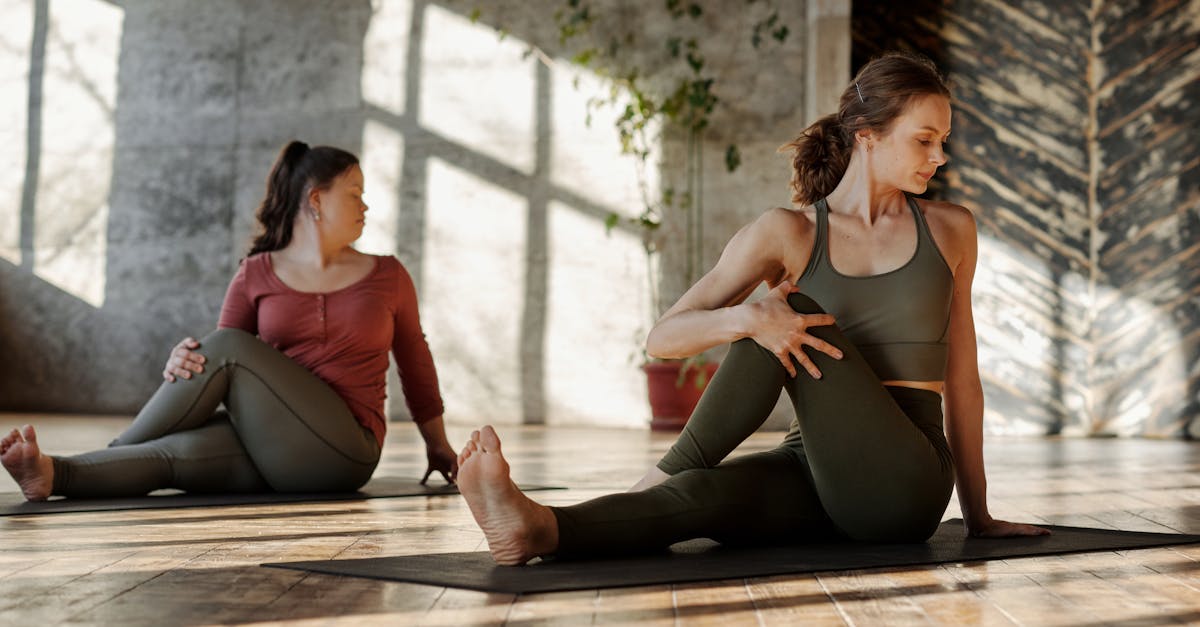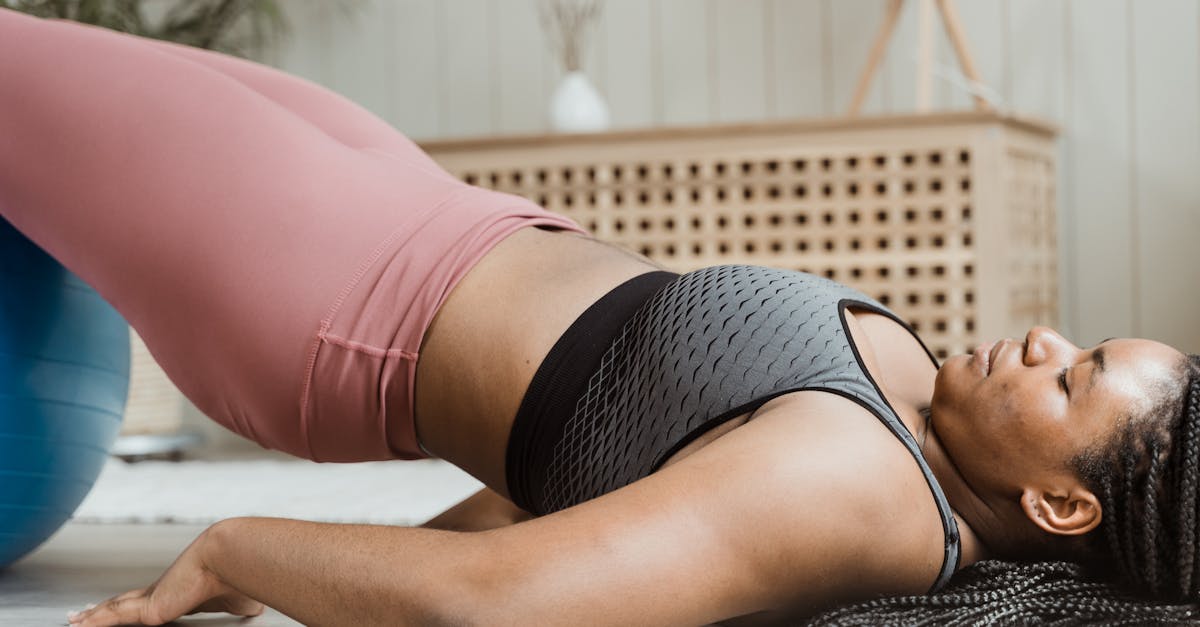Assisted Hip Flexor Stretch: Relief for Tight and Painful Hips
Unlocking Flexibility and Relief: A Guide to Assisted Hip Flexor Stretching

Assisted Hip Flexor Stretch: Finding Relief for Tight and Painful Hips
Hip flexors are the muscles responsible for lifting the knee towards the chest. They are essential for various movements, including walking, running, and kicking. However, these muscles can become tight due to prolonged sitting, athletic activities, or injuries, leading to discomfort and reduced mobility. Assisted hip flexor stretches offer an effective solution to relieve tightness, improve flexibility, and enhance overall well-being.
This comprehensive guide will delve into the anatomy of the hip flexors, explore the benefits of assisted hip flexor stretches, and provide detailed instructions on various stretching techniques. We will also discuss safety considerations and offer tips to maximize the benefits and minimize risks. By incorporating assisted hip flexor stretches into your routine, you can alleviate pain, regain flexibility, and optimize your performance in daily activities and sports.
1. Understanding Hip Flexor Tightness
Understanding Hip Flexor Tightness: Anatomy, Causes, and Impact
The hip flexors are a group of muscles located at the front of the hip joint. Their primary function is to lift the knee towards the chest, which is essential for walking, running, and kicking. The main hip flexor muscles include the iliacus, psoas major, and rectus femoris.
Hip flexor tightness can arise from various factors, including prolonged sitting, which shortens the muscles over time. Certain athletic activities, such as running and cycling, can also contribute to tightness due to repetitive use. Additionally, injuries or muscle imbalances can lead to hip flexor tightness.
Tight hip flexors can have a negative impact on mobility and performance. They can restrict the range of motion in the hip joint, causing discomfort and difficulty with activities that require hip flexion, such as squatting and lunging. Furthermore, tight hip flexors can contribute to lower back pain, knee pain, and other musculoskeletal issues.
2. Benefits of Assisted Hip Flexor Stretches

Benefits of Assisted Hip Flexor Stretches: Unlocking Flexibility, Pain Relief, and Athleticism
Assisted hip flexor stretches offer a multitude of benefits for overall well-being and performance. By incorporating these stretches into your routine, you can:
- Improve flexibility: Assisted hip flexor stretches gently lengthen the hip flexor muscles, increasing their range of motion and reducing stiffness. This can improve your ability to perform daily activities and exercises that require hip flexion, such as walking, running, and squatting.
- Reduce pain: Tight hip flexors can contribute to pain in the hips, lower back, and knees. Assisted stretches can help relieve this pain by releasing tension in the muscles and improving flexibility.
- Enhance athleticism: Flexible hip flexors are essential for optimal performance in many sports and activities. Assisted stretches can help athletes improve their range of motion, power, and speed by ensuring that the hip flexors are working efficiently.
3. Techniques for Assisted Hip Flexor Stretching
Techniques for Assisted Hip Flexor Stretching: A Comprehensive Guide
There are various techniques for assisted hip flexor stretching, each with its own benefits and modifications. Here are three common methods:
1. Towel Stretch: * Instructions: Lie on your back with your knees bent and feet flat on the floor. Place a towel around the bottom of one foot and hold the ends of the towel with your hands. Gently pull your knee towards your chest until you feel a stretch in the front of your hip. Hold the stretch for 30 seconds and repeat with the other leg. * Modifications: For a more intense stretch, hold the towel closer to your foot. To reduce the intensity, hold the towel further away from your foot or place a pillow under your knee.
2. Partner-Assisted Stretch: * Instructions: Stand facing a partner with your feet shoulder-width apart. Grab your partner’s hands and step forward with your right leg. Bend your left knee and have your partner gently push your right hip forward until you feel a stretch in the front of your left hip. Hold the stretch for 30 seconds and repeat with the other leg. * Modifications: To increase the stretch, have your partner push your hip further forward. To decrease the intensity, have your partner push less forcefully or stand closer to you.
3. Foam Rolling: * Instructions: Lie on your stomach with a foam roller placed horizontally under your right thigh, just above your knee. Bend your left knee and place your right foot on the floor for support. Slowly roll your right thigh back and forth over the foam roller, focusing on the area where you feel tightness in your hip flexors. Hold each tender spot for 30 seconds and repeat with the other leg. * Modifications: For a more intense stretch, apply more pressure with your right foot. To reduce the intensity, bend your left knee more or use a softer foam roller.
4. Variations and Progressions

Variations and Progressions: Tailoring Assisted Hip Flexor Stretches
Assisted hip flexor stretches can be varied and progressed to suit individual needs and fitness levels. Here are a few examples:
Variations: * Standing Quad Stretch: Stand with your feet shoulder-width apart. Bend your right knee and grab your right foot with your right hand. Gently pull your heel towards your buttocks until you feel a stretch in the front of your right hip. Hold the stretch for 30 seconds and repeat with the other leg. * Kneeling Hip Flexor Stretch: Kneel on your right knee with your left foot flat on the floor in front of you. Place your hands on your right thigh and gently lean forward until you feel a stretch in the front of your right hip. Hold the stretch for 30 seconds and repeat with the other leg. * Butterfly Stretch with Resistance Band: Sit on the floor with the soles of your feet together and your knees bent. Loop a resistance band around the arches of your feet and hold the ends of the band in each hand. Gently push your knees down towards the floor until you feel a stretch in the front of your hips. Hold the stretch for 30 seconds.
Progressions: * Increase Duration: Gradually increase the hold time of each stretch by 5-10 seconds each time you perform the routine. * Increase Intensity: Add resistance to your stretches by using a resistance band or weights. You can also hold the stretches for longer periods or perform them more frequently. * Combine Stretches: Combine different hip flexor stretches into a routine to target the muscles from various angles. This will provide a more comprehensive stretch and improve overall flexibility.
5. Safety Considerations and Tips
Safety Considerations and Tips for Assisted Hip Flexor Stretching
While assisted hip flexor stretches are generally safe, there are a few safety considerations and tips to keep in mind:
Safety Considerations: * Contraindications: Avoid assisted hip flexor stretches if you have any injuries or conditions that affect the hips, knees, or lower back. If you have any concerns, consult a healthcare professional before performing these stretches. * Pain: If you experience any sharp or severe pain during a stretch, stop immediately and consult a healthcare professional. Pushing through pain can worsen injuries. * Overstretching: Avoid overstretching, as this can strain the muscles and lead to injuries. Listen to your body and stretch only to the point of mild discomfort.
Tips for Maximizing Benefits and Minimizing Risks: * Warm up: Before performing assisted hip flexor stretches, warm up with 5-10 minutes of light cardio, such as walking or jogging. This will help prepare your muscles for stretching and reduce the risk of injuries. * Use proper form: Pay attention to the instructions and modifications provided for each stretch. Using proper form will help you target the correct muscles and avoid compensation. * Breathe: Breathe deeply throughout the stretches. Holding your breath can increase tension and make it more difficult to stretch effectively. * Be patient: Improving hip flexor flexibility takes time and consistency. Don’t get discouraged if you don’t see results immediately. Keep practicing regularly and you will gradually notice improvements.
Quiz: Test Your Understanding of Assisted Hip Flexor Stretching
-
True or False: Hip flexor tightness can be caused by prolonged sitting.
-
Which of the following is a benefit of assisted hip flexor stretches?
(a) Improved flexibility
(b) Reduced pain
(c) Enhanced athleticism
(d) All of the above
-
Which of the following is a technique for assisted hip flexor stretching?
(a) Towel stretch
(b) Partner-assisted stretch
(c) Foam rolling
(d) All of the above
-
True or False: It is recommended to push through pain during assisted hip flexor stretches.
-
What is an important safety consideration when performing assisted hip flexor stretches?
(a) Using proper form
(b) Warming up beforehand
(c) Avoiding overstretching
(d) All of the above
-
True
-
(d) All of the above
-
(d) All of the above
-
False
-
(d) All of the above
